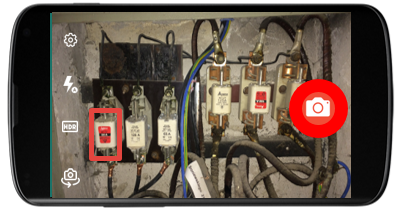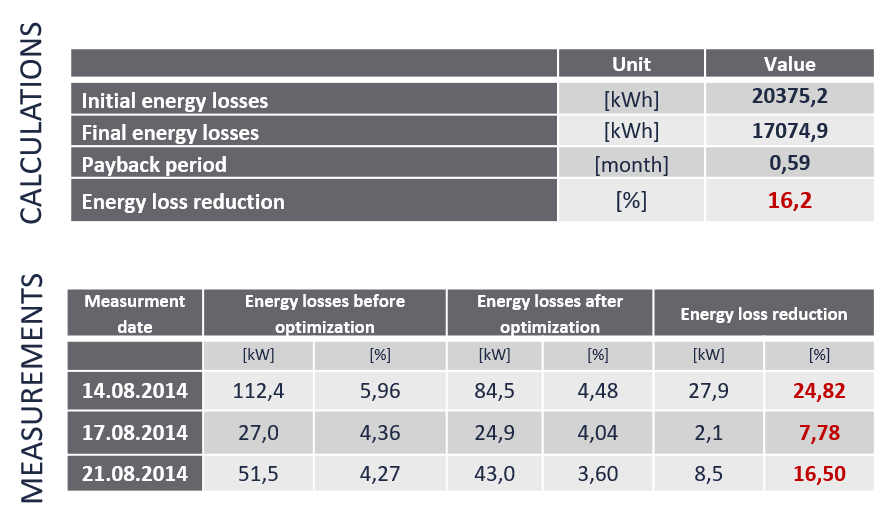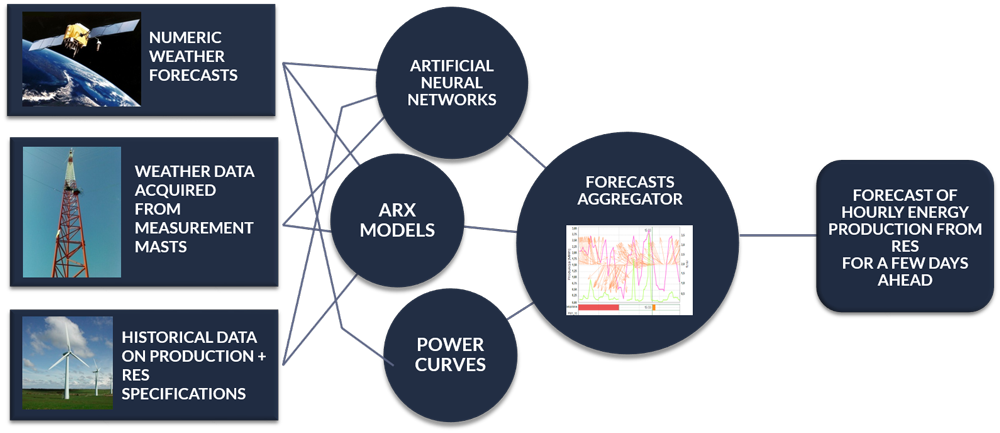
At the Smart Geospatial Solution Conference 2017 Tomek Gulczyński, Director of Globema Software Development Centre, gave a presentation on “Practical applications of Artificial Intelligence in geospatial systems – phase 2.0”. Tomek highlighted the most common methods of advanced computational techniques, including “clever” algorithms, and their practical applications.
There are many AI technologies and methods of simulating (or maybe rather creating) intelligence. Tomek Gulczyński presented a few of them and indicated their application in new image recognition technology and two Globema systems – ELGrid & 4RES.

AI in data capture and network inventory
Can AI recognize images of power cable joints and their inside fuses? Tomek presented results of such an experiment. To achieve this result TensorFlow (an open source software library for numerical computation using data flow graphs), image classification tools and tools for detecting objects in images were used. The neural network was “trained” with a sample of about 200 images and then tested on 30 images of various cable joints. This way it was possible to achieve 70% of recognition accuracy for the ZK-2 joints, 100% for the ZK-3 joints and 75% for fuses. 100% accuracy would be possible to obtain by “training” the neural network with larger sample of images. The good news is that the system can “self-learn” during normal usage.
To sum up, the experiment can be considered a success opening up opportunities for using artificial intelligence in network inventory.
 Image recognition on mobile devices
Image recognition on mobile devices
AI in electric grid optimization
AI technology was also implemented in Globema ELGrid system – decision support tool that optimizes electric power network operation and investment planning. Genetic algorithms (metaheuristic inspired by the process of natural selection used to generate solutions to optimization problems) were applied here for two main purposes:
- to determine peak loads in all nodes when complete metering is not available
- to determine best possible division points of HV and LV networks as well as best voltage transformer settings minimizing technical losses while maintaining the required voltage levels.
Grid optimization effectiveness was verified during the “Intelligent Peninsula” project, conducted by Globema and Energa Operator S.A. The main goal of the project was to assess the possibility of increasing operational efficiency of distribution grid through technical calculations along with output verification. Energy grid in the area of Jastarnia has been chosen to conduct the test and differential comparison between normal and modified tie points designated by ELGrid optimization guidelines. Testing area covered 17 substations supplying 1,5 thousand customers. The results have been implemented in the actual network at the Hel Peninsula and helped to reduce energy losses.
 Intelligent Peninsula – results
Intelligent Peninsula – results
AI in forecasting production from renewable energy sources (RES)
It’s very important for RES operators to forecast the energy production in various time frames and with different temporal resolutions. To answer these challenges Globema developed 4RES system providing means to forecast the production from RES by using artificial neural networks (computing systems inspired by the biological neural networks).

The system was implemented at one of the trade operators where its effectiveness was assessed and confirmed – forecasts error rate proved to be satisfactory by reaching only about 10%.













